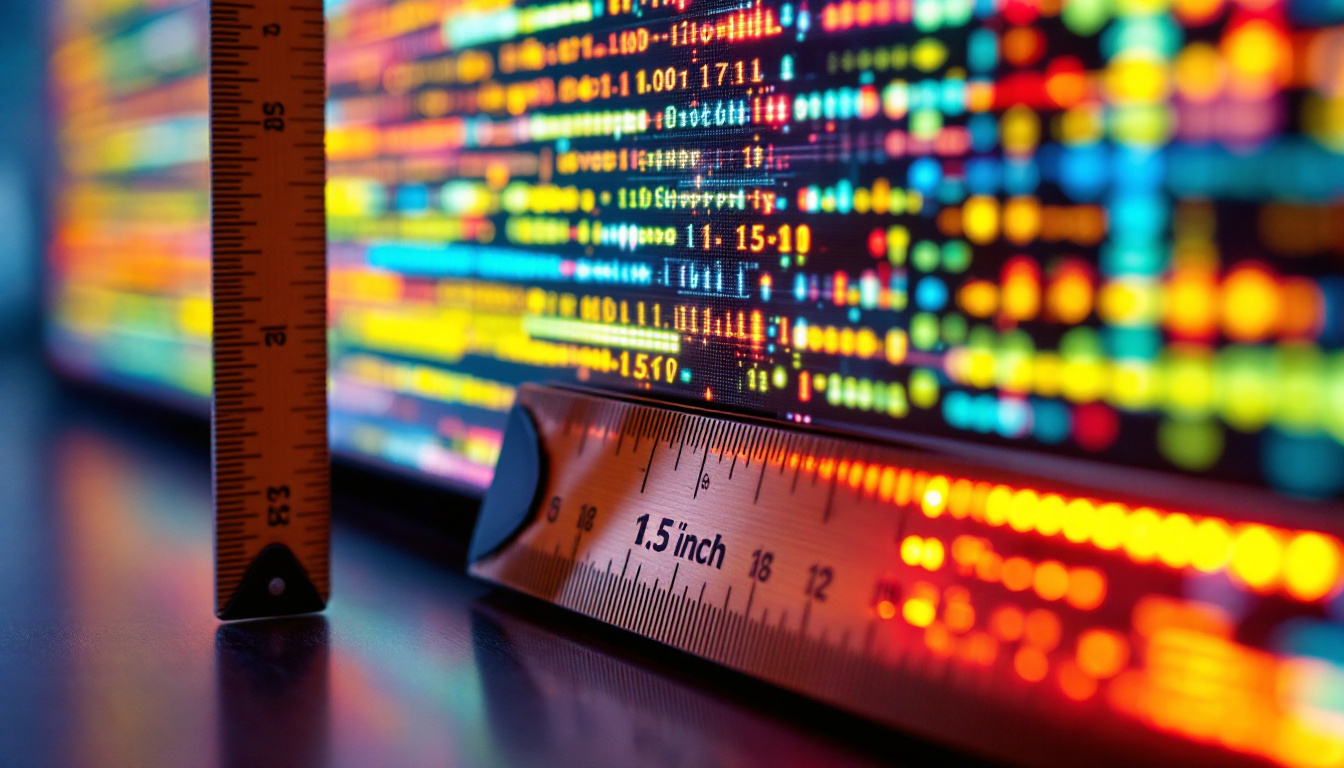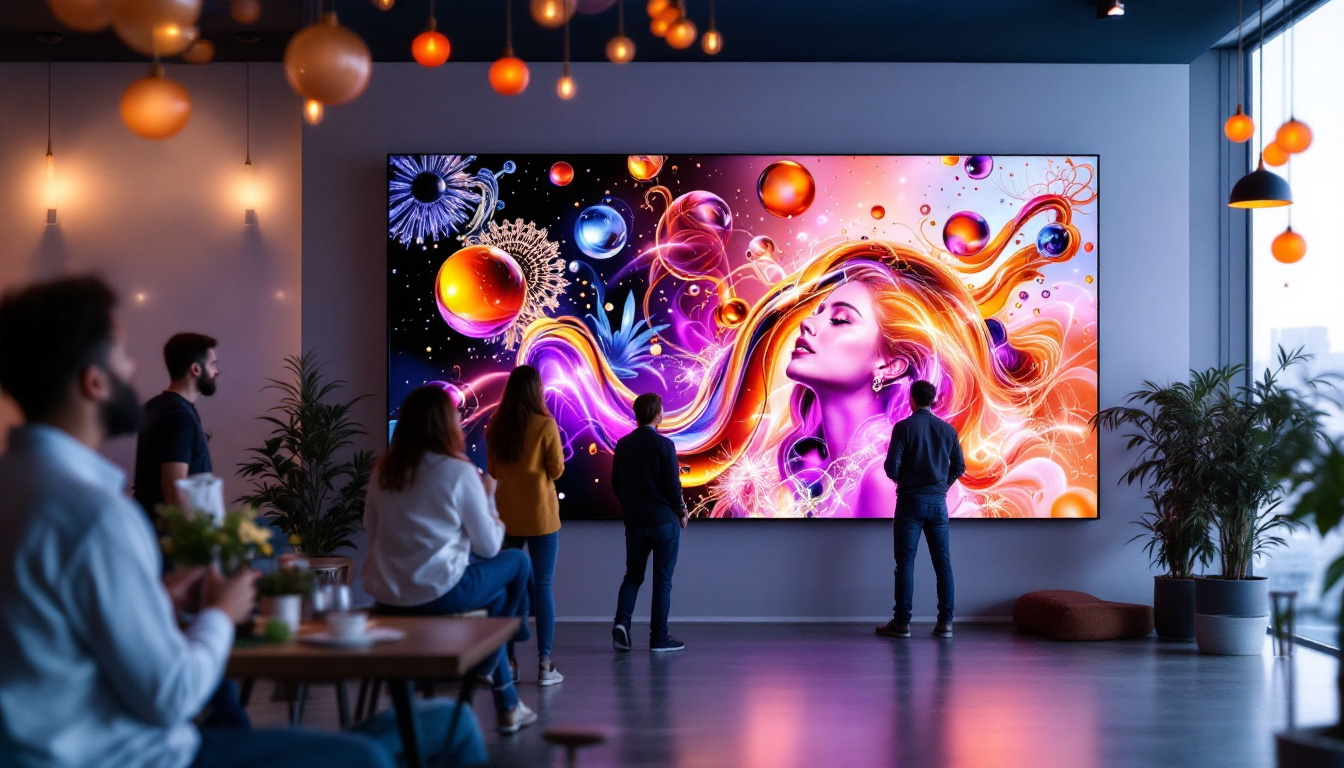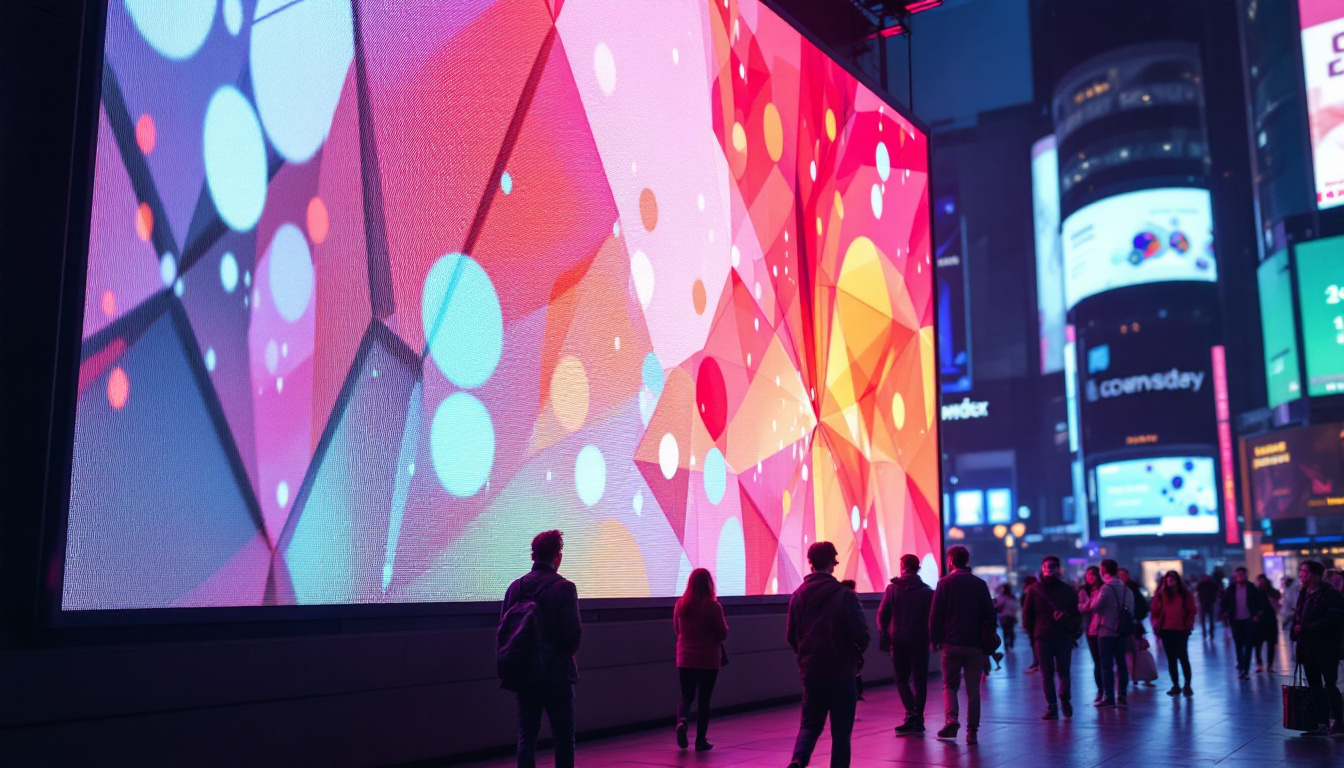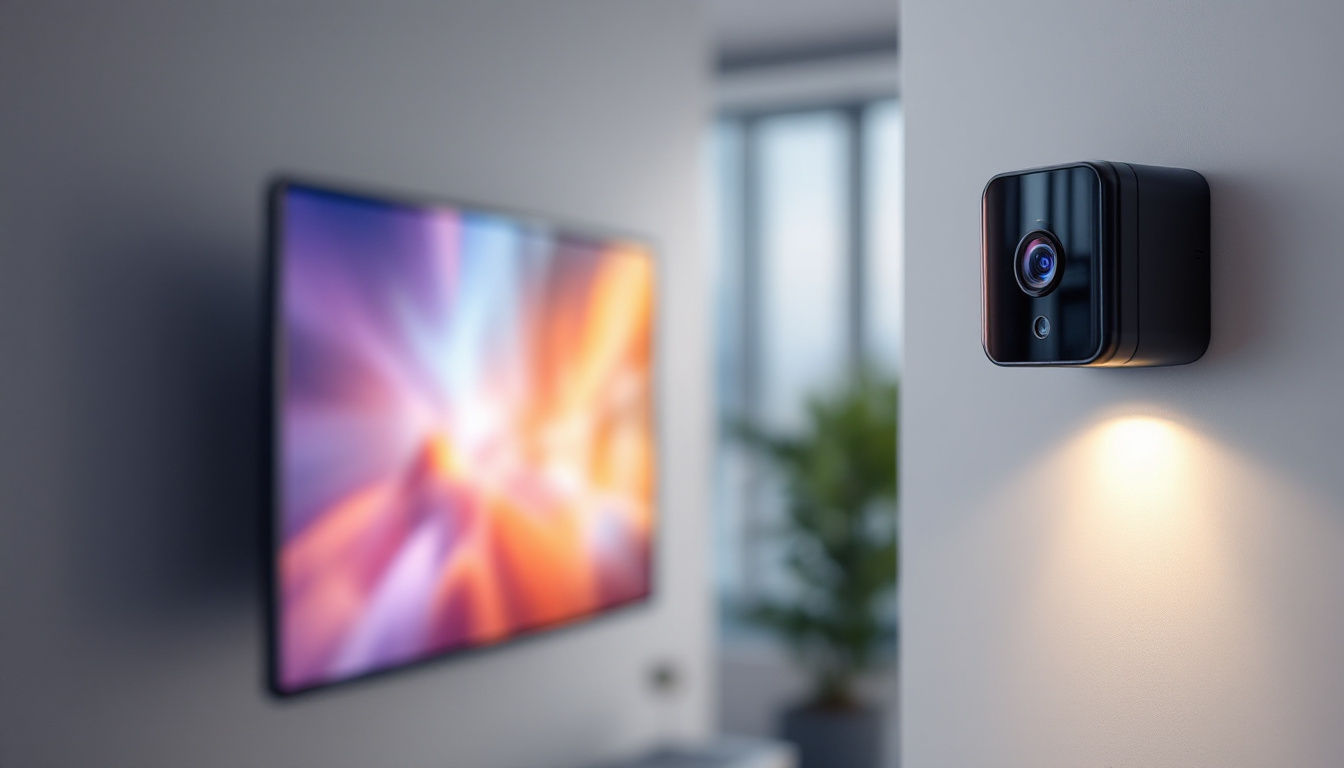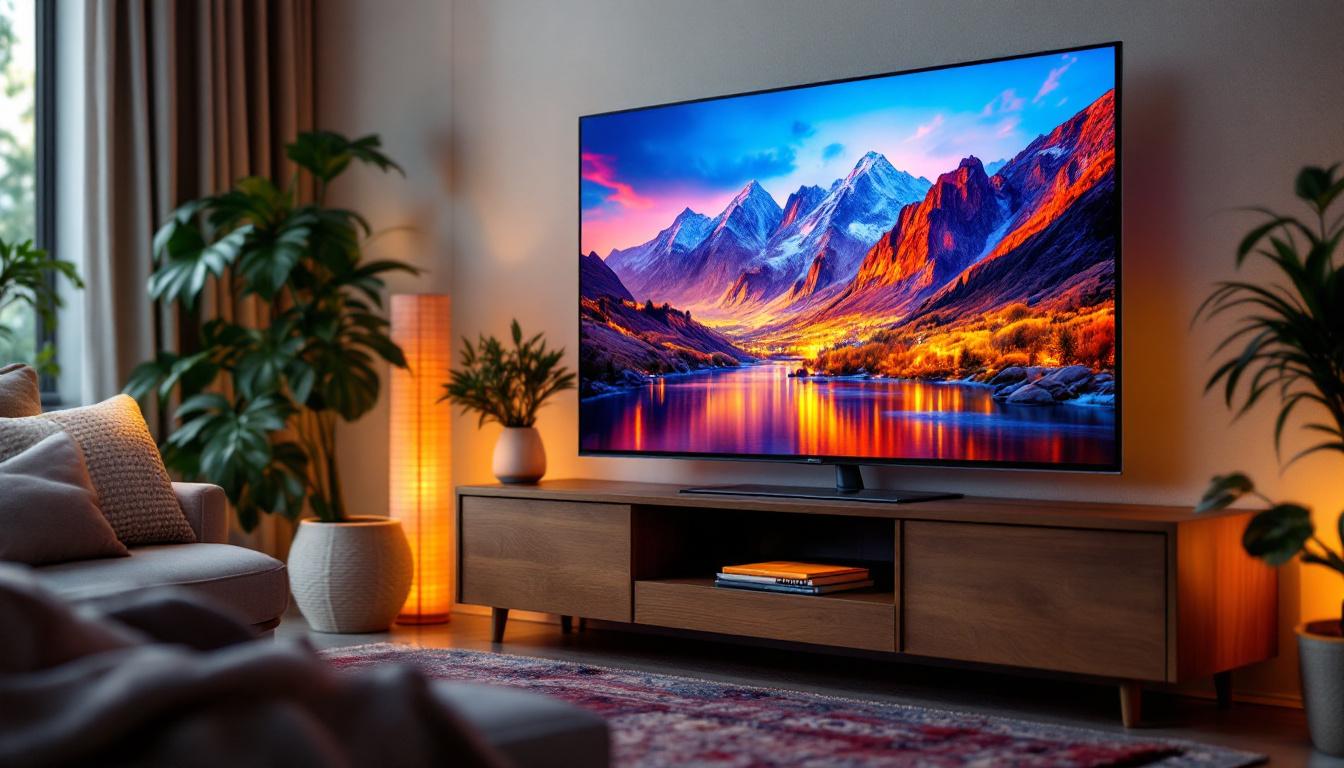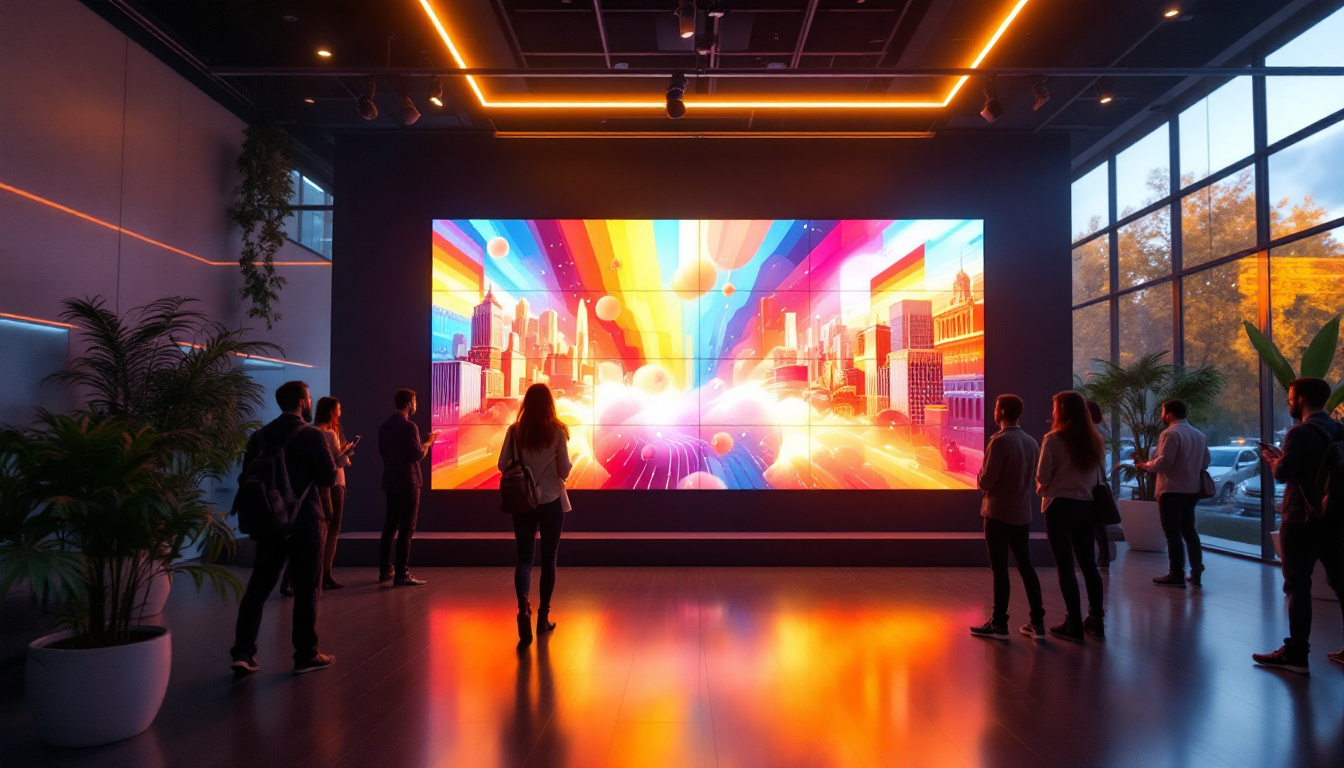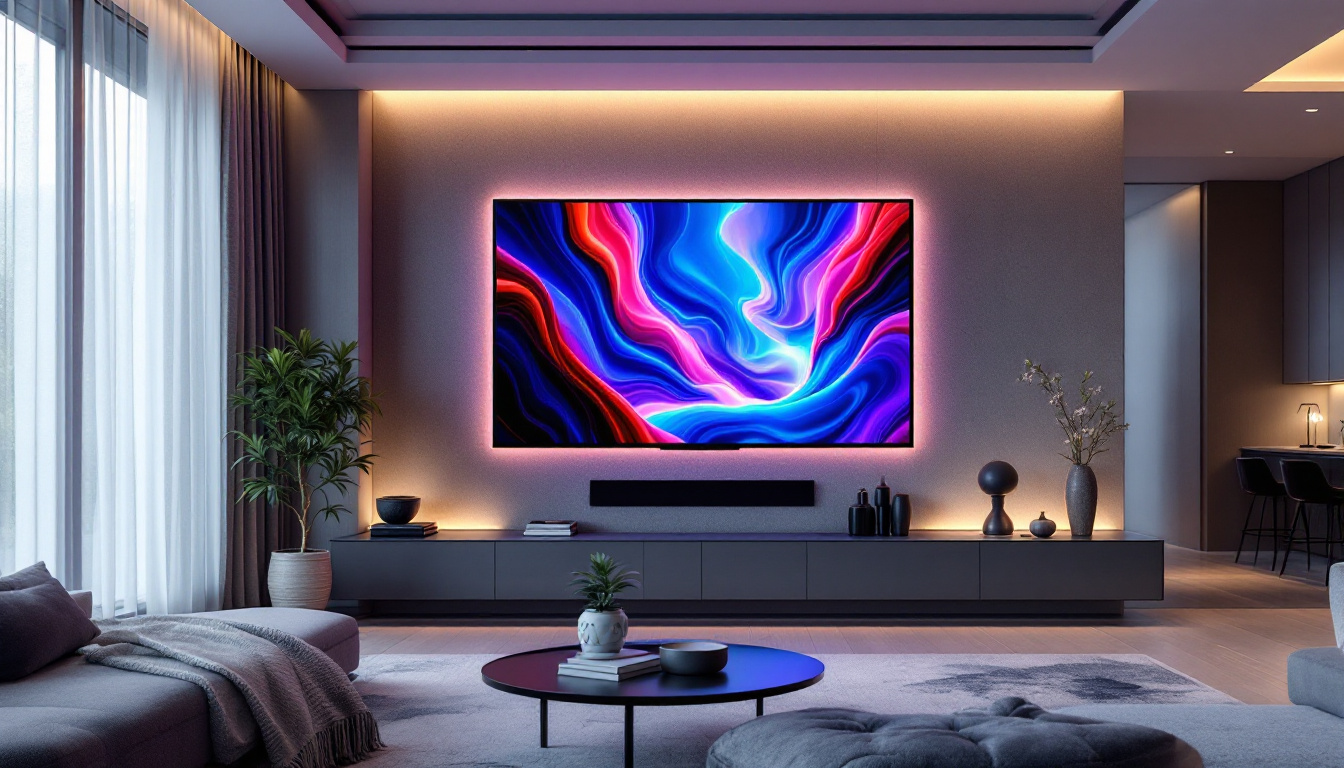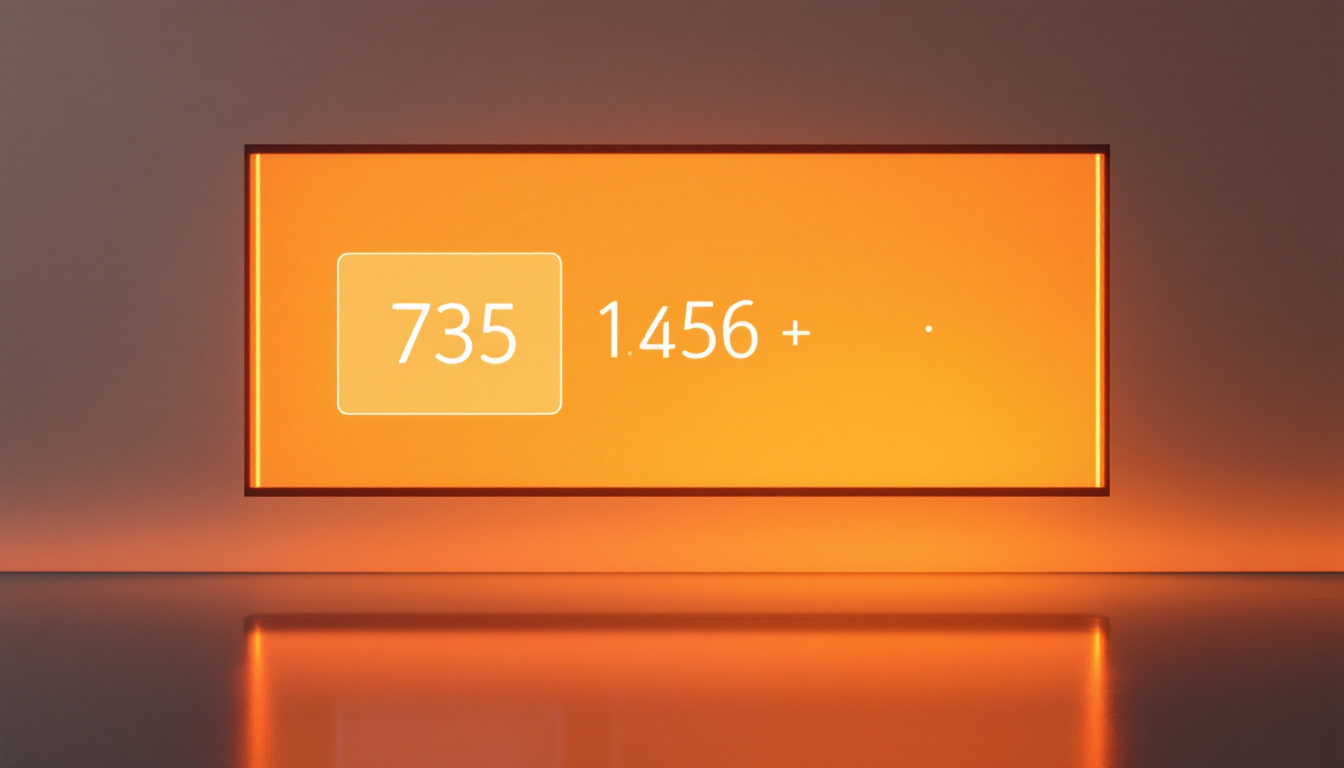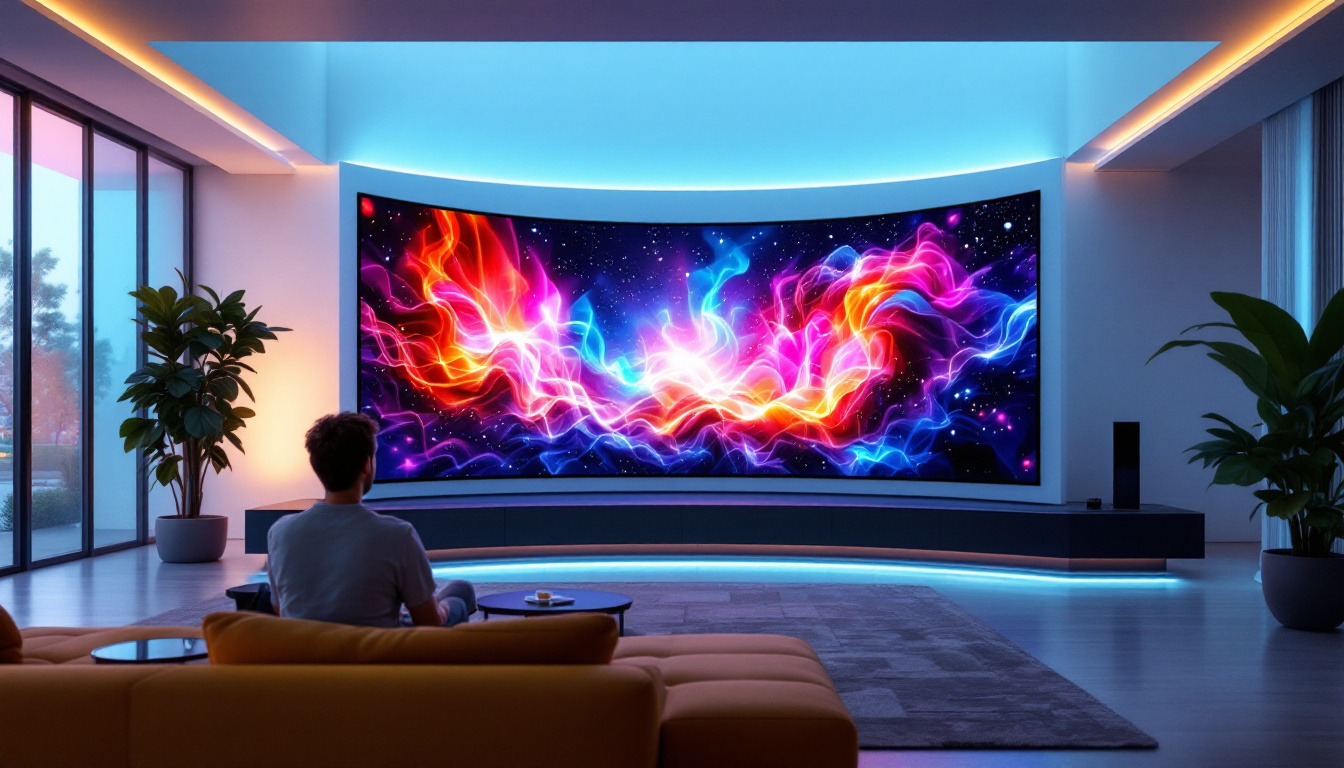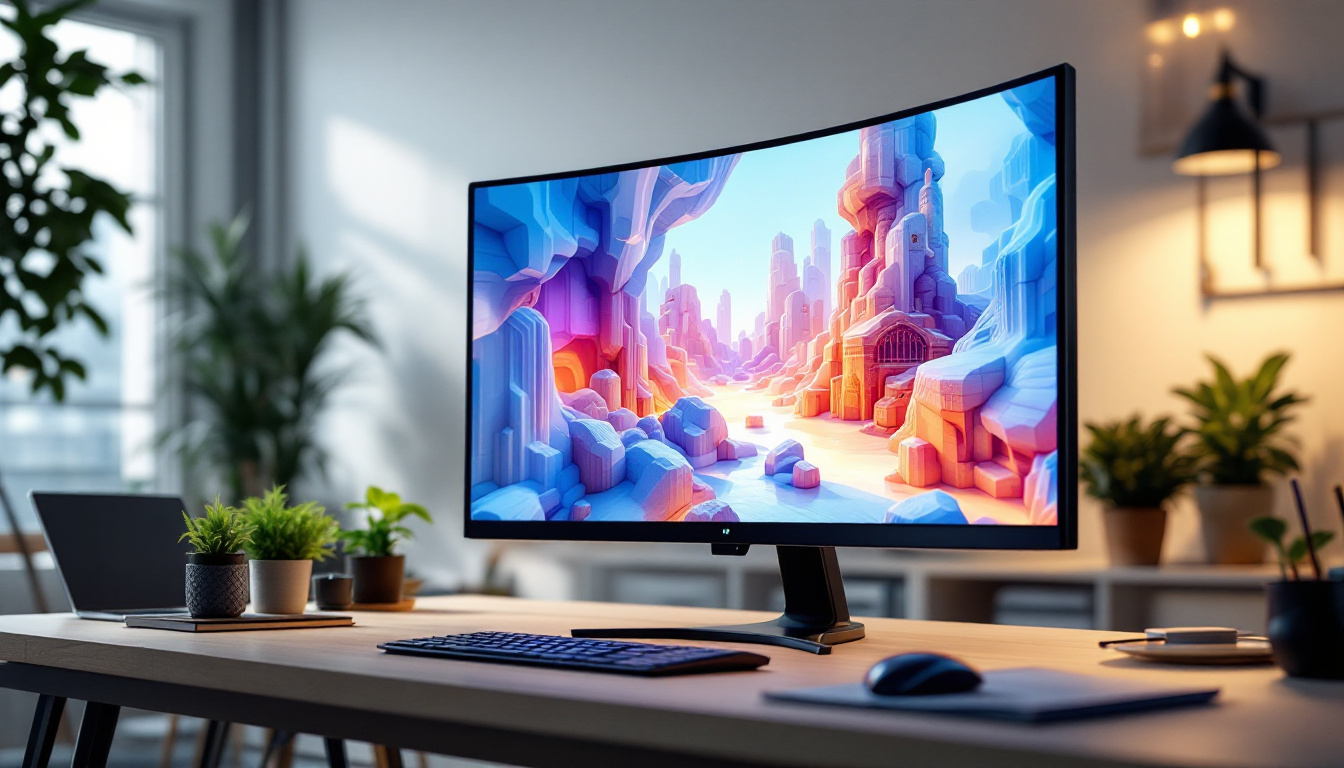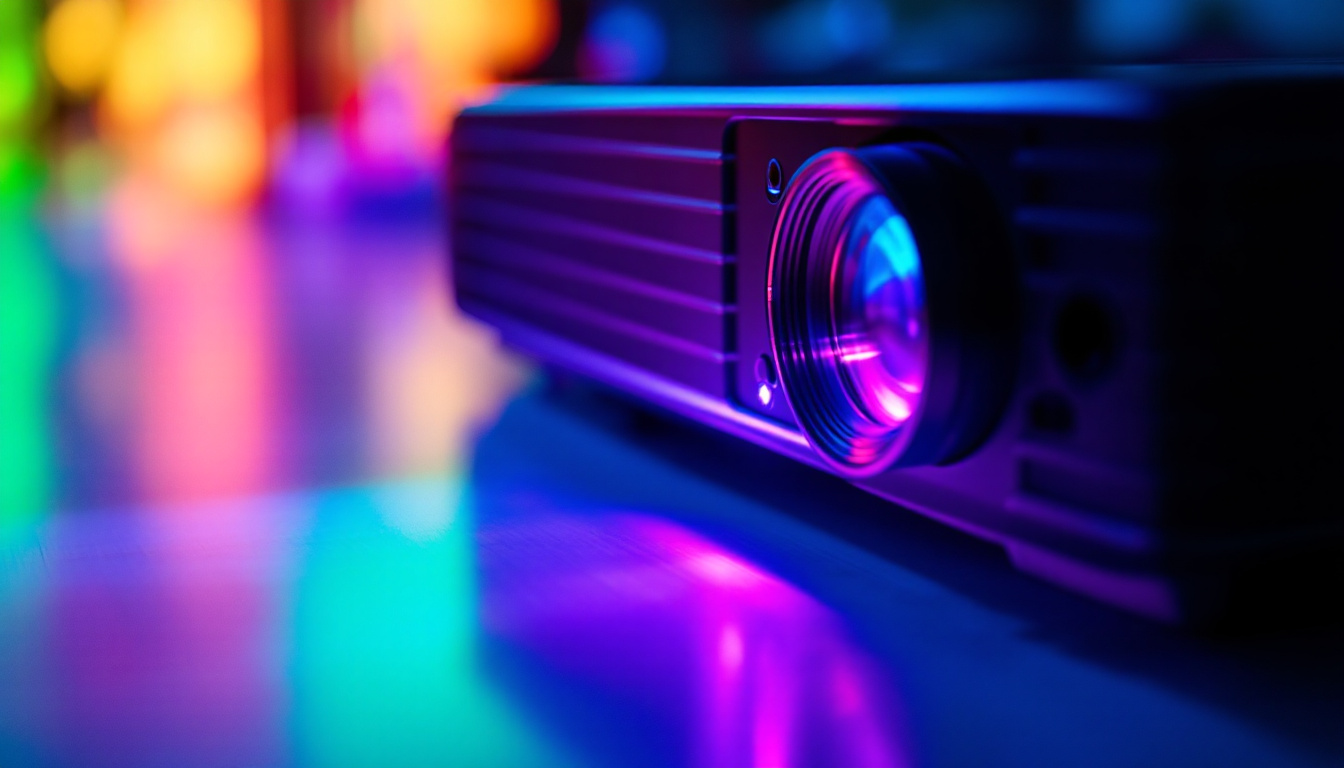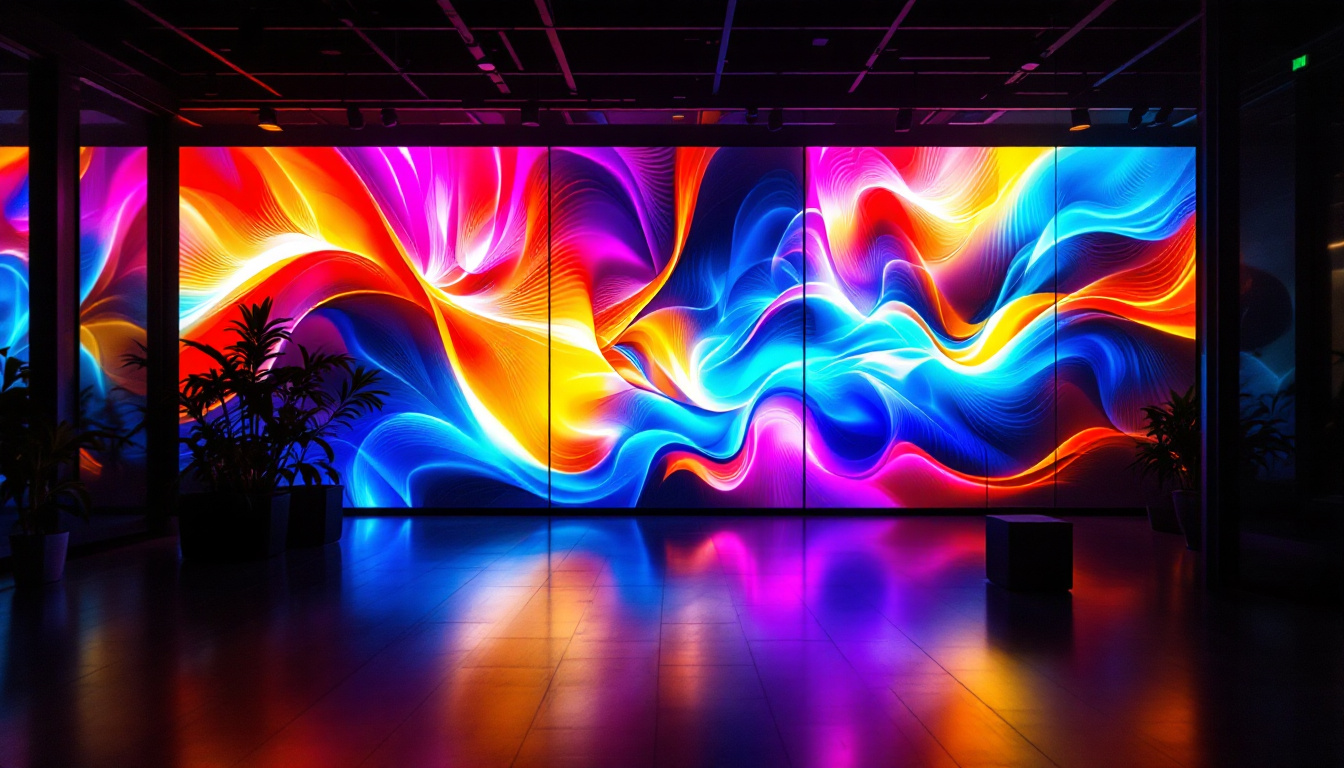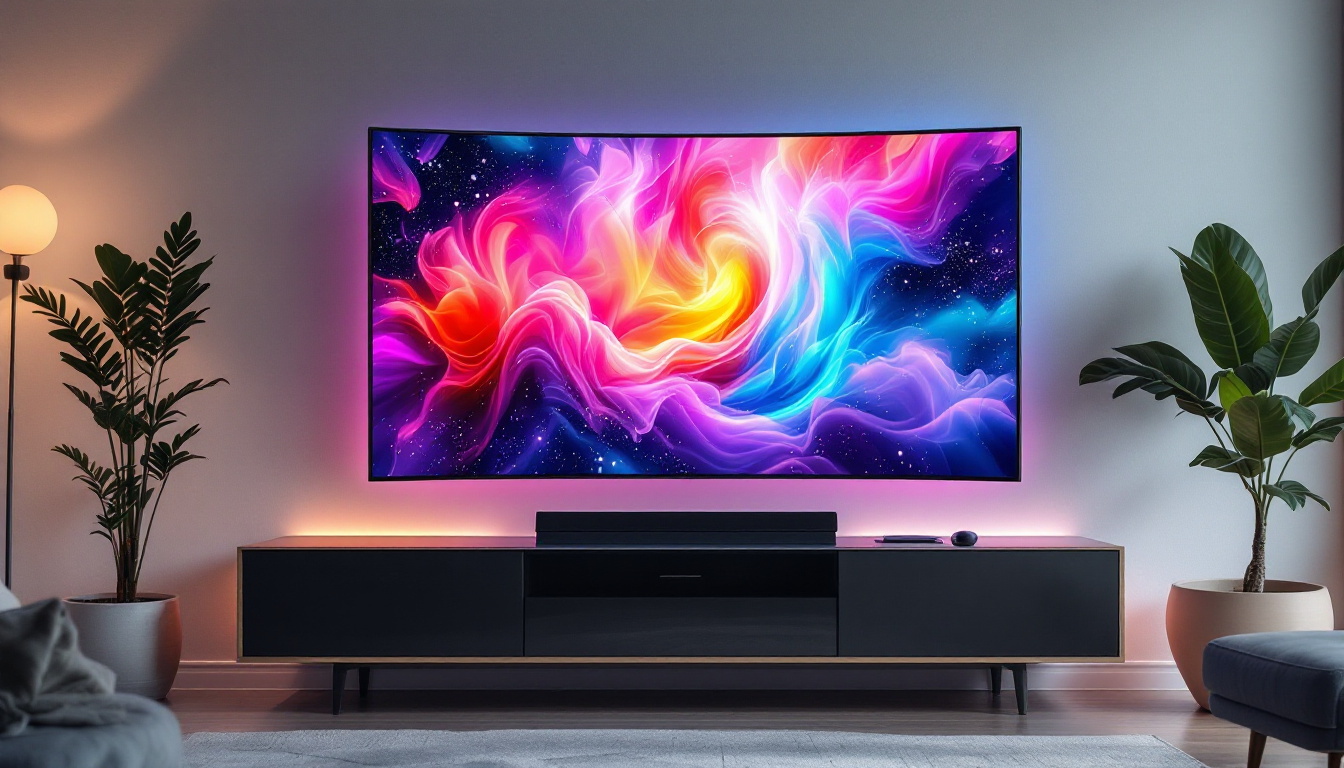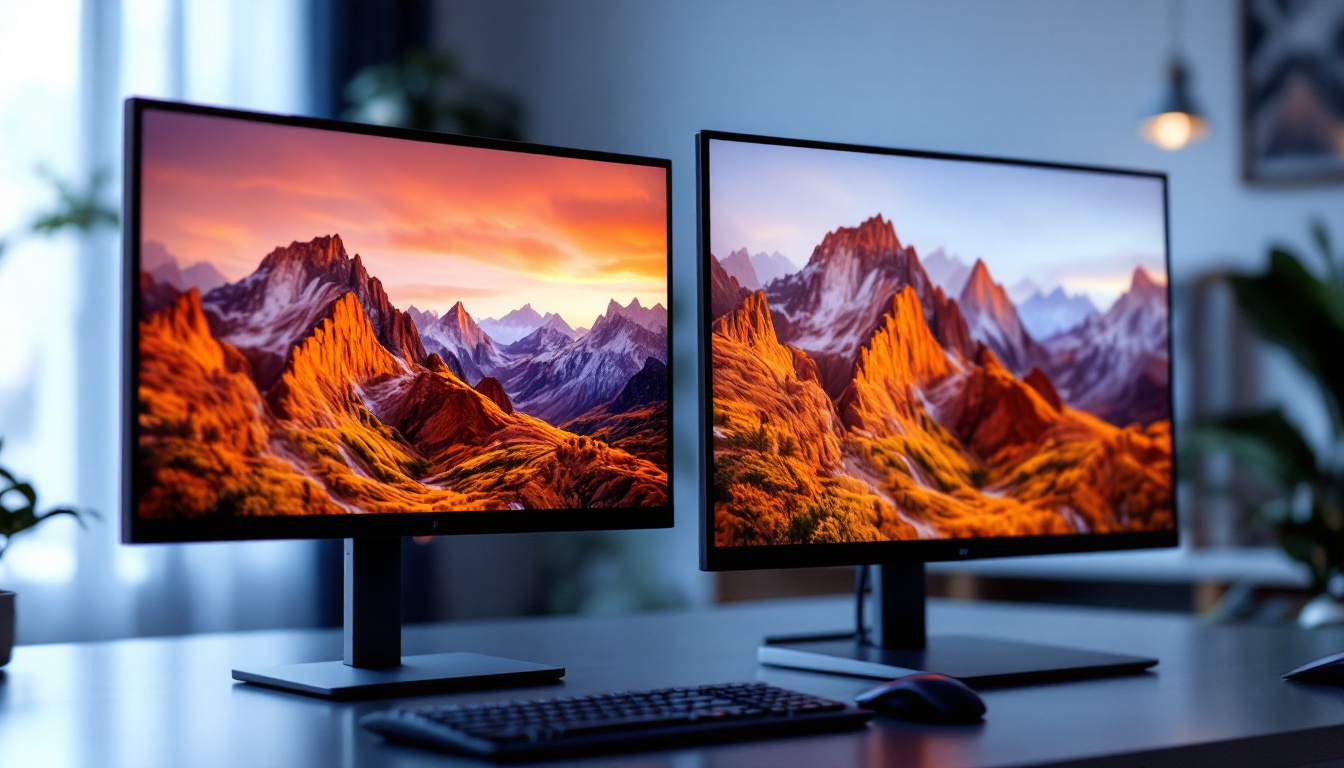When it comes to LED displays, size can significantly impact their functionality and usability. One common measurement that often arises in discussions about screens and displays is 1.5 inches. But just how big is 1.5 inches, and what does it mean in the context of LED displays? This article will explore the dimensions, applications, and implications of a 1.5-inch LED display, providing insights into its significance in various industries.
Understanding the Measurement: What Is 1.5 Inches?
To grasp the concept of 1.5 inches, it’s essential to understand how inches are measured and what this particular size represents. An inch is a unit of length in the imperial system, commonly used in the United States and a few other countries. One inch is equivalent to 2.54 centimeters, making 1.5 inches approximately 3.81 centimeters. This measurement is often used in various fields, including construction, tailoring, and even technology, where precision is paramount.
Visualizing 1.5 Inches
To visualize 1.5 inches, consider common objects. For instance, a standard credit card is about 3.37 inches long, meaning that a 1.5-inch display would be roughly half the width of a credit card. Alternatively, a standard paperclip is about 1 inch long, so 1.5 inches would be one and a half paperclips lined up end to end. These comparisons can help contextualize the size in everyday terms. Additionally, think about a typical sticky note, which is often 3 inches square; a 1.5-inch measurement is about half the width of one side of that note, providing a tangible reference point for understanding this measurement in a practical context.
Why Size Matters in LED Displays
In the realm of LED displays, size plays a crucial role in determining the display’s application and effectiveness. A 1.5-inch LED display may seem small, but it can serve various purposes, from providing critical information in compact spaces to enhancing user interfaces in portable devices. Understanding the size helps manufacturers design displays that fit specific needs while ensuring optimal visibility and functionality. For example, in smartwatches or fitness trackers, a 1.5-inch display can provide essential notifications and data without overwhelming the user, maintaining a balance between functionality and compactness.
Moreover, the pixel density of a 1.5-inch LED display is another critical factor. With advancements in technology, manufacturers can pack more pixels into smaller screens, resulting in sharper images and clearer text. This is particularly important in applications like medical devices, where precise readings are crucial, or in automotive displays, where quick readability can enhance safety. As the demand for smaller yet more powerful displays continues to grow, understanding the implications of size, such as 1.5 inches, becomes increasingly relevant in the design and functionality of modern technology.
Applications of 1.5-Inch LED Displays
1.5-inch LED displays are utilized in numerous applications across different sectors. Their compact size makes them ideal for devices where space is limited. Below are some of the most common applications where these displays shine.
Wearable Technology
In the world of wearable technology, such as smartwatches and fitness trackers, 1.5-inch LED displays are prevalent. These devices require screens that are not only small but also capable of delivering clear information at a glance. A 1.5-inch display can show notifications, fitness stats, and time without overwhelming the user, making it an ideal choice for wearables.
Consumer Electronics
Many consumer electronics, including portable gaming devices and handheld consoles, utilize 1.5-inch LED displays. The compact size allows for a lightweight design while still providing an engaging visual experience. In these applications, the display must balance size with resolution to ensure that graphics and text remain clear and legible.
Industrial and Commercial Use
In industrial settings, 1.5-inch LED displays are often used for status indicators and control panels. These displays can convey important information, such as machine status or alerts, in environments where space is at a premium. Their durability and visibility make them suitable for harsh conditions, ensuring that crucial data is always accessible.
Technical Specifications of 1.5-Inch LED Displays
Understanding the technical specifications of a 1.5-inch LED display can provide insight into its performance and suitability for various applications. Key specifications often include resolution, brightness, and power consumption.
Resolution and Pixel Density
The resolution of a display refers to the number of pixels it contains, typically expressed as width x height. For a 1.5-inch display, common resolutions might include 128×128 or 240×240 pixels. The pixel density, measured in pixels per inch (PPI), is crucial for determining how sharp and detailed the images and text appear. A higher pixel density results in clearer visuals, which is particularly important for applications requiring fine detail.
Brightness Levels
Brightness is another critical factor, especially for displays used in outdoor or brightly lit environments. Measured in nits, a higher brightness level allows for better visibility in challenging lighting conditions. A typical 1.5-inch LED display might range from 200 to 1000 nits, depending on its intended use. For instance, displays used in outdoor signage need higher brightness to stand out against sunlight.
Power Consumption
Power consumption is a vital consideration, particularly for battery-operated devices. A 1.5-inch LED display generally consumes less power than larger screens, making it an efficient choice for portable electronics. Manufacturers often strive to optimize power usage without compromising performance, ensuring that devices can operate for extended periods without frequent recharging.
Advantages of Using 1.5-Inch LED Displays
There are several advantages to utilizing 1.5-inch LED displays in various applications. Understanding these benefits can help manufacturers and consumers make informed decisions about their use.
Compact Size and Versatility
The most apparent advantage of a 1.5-inch LED display is its compact size. This feature allows for versatility in design, enabling manufacturers to create sleek and lightweight devices. Whether in wearables or handheld gadgets, the small footprint of a 1.5-inch display can enhance portability without sacrificing functionality.
Energy Efficiency
energy efficiency is another significant benefit. Smaller displays typically require less power, which is particularly advantageous for battery-operated devices. This efficiency not only extends the battery life of portable electronics but also reduces the overall environmental impact, aligning with the growing demand for sustainable technology solutions.
Cost-Effectiveness
From a manufacturing perspective, smaller displays often come at a lower cost compared to their larger counterparts. This cost-effectiveness can be a deciding factor for companies looking to produce budget-friendly devices. Additionally, the reduced material usage in smaller displays can contribute to lower production costs, making them an attractive option for various applications.
Challenges and Limitations of 1.5-Inch LED Displays
While 1.5-inch LED displays offer numerous advantages, they also come with certain challenges and limitations that must be considered.
Limited Display Area
The most significant limitation of a 1.5-inch display is its restricted display area. While compact, this size can hinder the amount of information that can be presented at one time. In applications where detailed data is required, such as complex dashboards, a larger display may be necessary to convey all relevant information effectively.
Viewing Angles and Visibility
Another challenge is related to viewing angles. Smaller displays may have limited viewing angles, meaning that the content may not be easily visible from various positions. This limitation can affect usability, particularly in situations where multiple users need to view the display simultaneously.
Touch Sensitivity and Interaction
Incorporating touch sensitivity into a 1.5-inch display can be challenging due to the limited surface area. While many modern devices utilize touch screens, the small size may make it difficult for users to interact with the display accurately. Designing intuitive interfaces that accommodate the compact size is essential to enhance user experience.
Future Trends in 1.5-Inch LED Displays
The landscape of LED displays is continually evolving, with advancements in technology paving the way for new possibilities. The future of 1.5-inch LED displays is likely to be shaped by several key trends.
Improved Resolution and Clarity
As technology advances, the resolution and clarity of smaller displays are expected to improve significantly. Innovations in pixel technology may lead to higher pixel densities, allowing for sharper images and text even on compact screens. This enhancement will make 1.5-inch displays more viable for applications requiring detailed visuals.
Integration with Smart Technologies
With the rise of the Internet of Things (IoT), 1.5-inch LED displays are likely to see increased integration with smart technologies. These displays can serve as interfaces for smart devices, providing users with real-time data and notifications. As connectivity becomes more prevalent, the role of small displays in smart ecosystems will continue to expand.
Enhanced Durability and Functionality
Future developments may also focus on enhancing the durability and functionality of 1.5-inch LED displays. Innovations in materials and design could lead to displays that are more resistant to environmental factors, such as moisture and temperature fluctuations. This durability will broaden the range of applications for these compact displays, making them suitable for even more demanding environments.
Conclusion
In conclusion, a 1.5-inch LED display may seem small, but its significance in various applications cannot be understated. From wearable technology to industrial uses, these compact displays offer a range of advantages, including versatility, energy efficiency, and cost-effectiveness. However, they also come with challenges that need to be addressed, such as limited display area and viewing angles.
As technology continues to evolve, the future of 1.5-inch LED displays looks promising, with improvements in resolution, integration with smart technologies, and enhanced durability on the horizon. Understanding the size and implications of a 1.5-inch display is crucial for manufacturers and consumers alike, ensuring that the right choices are made in the ever-changing landscape of display technology.
Explore Cutting-Edge LED Display Solutions with LumenMatrix
Ready to experience the compact power and versatility of 1.5-inch LED displays? LumenMatrix, a leader in innovative LED display technology, offers an extensive range of solutions tailored to meet your needs. From captivating Indoor and Outdoor LED Wall Displays to dynamic Vehicle and Sports LED Displays, our products are designed to enhance engagement and convey your message with unparalleled clarity. Discover how our LED Poster Displays, Floor LED Displays, and Custom LED solutions can transform your visual communication. Embrace the future with our All-in-One and Transparent LED Displays. Check out LumenMatrix LED Display Solutions today and revolutionize the way you connect with your audience.

